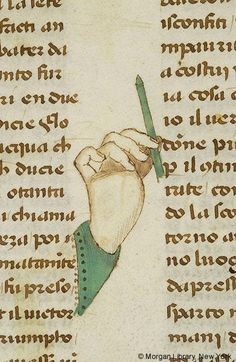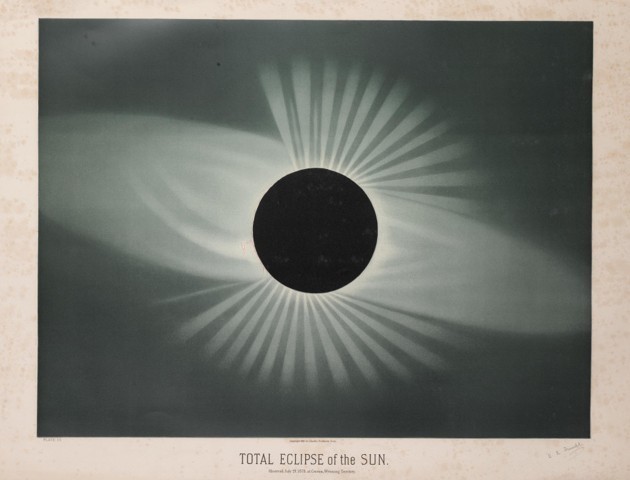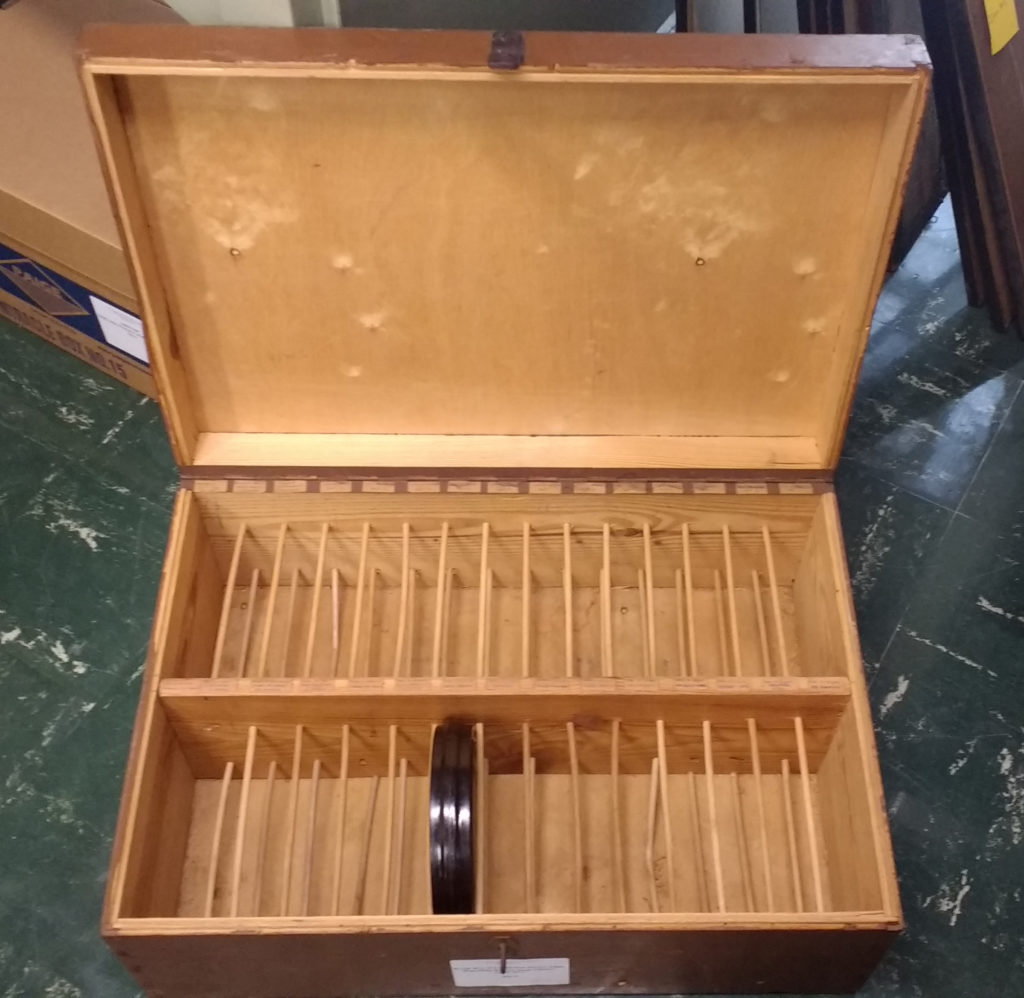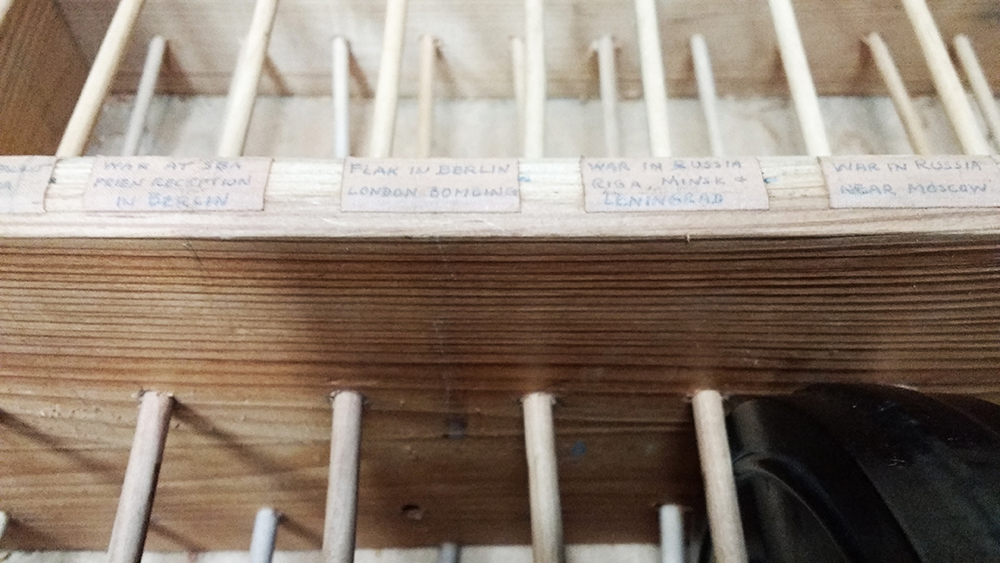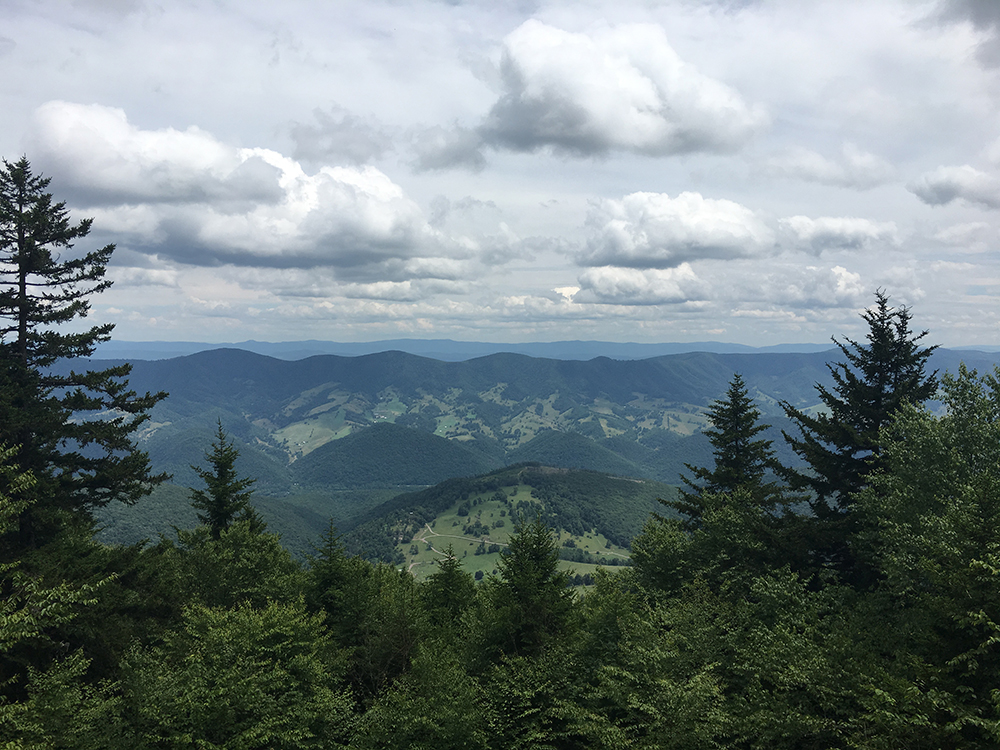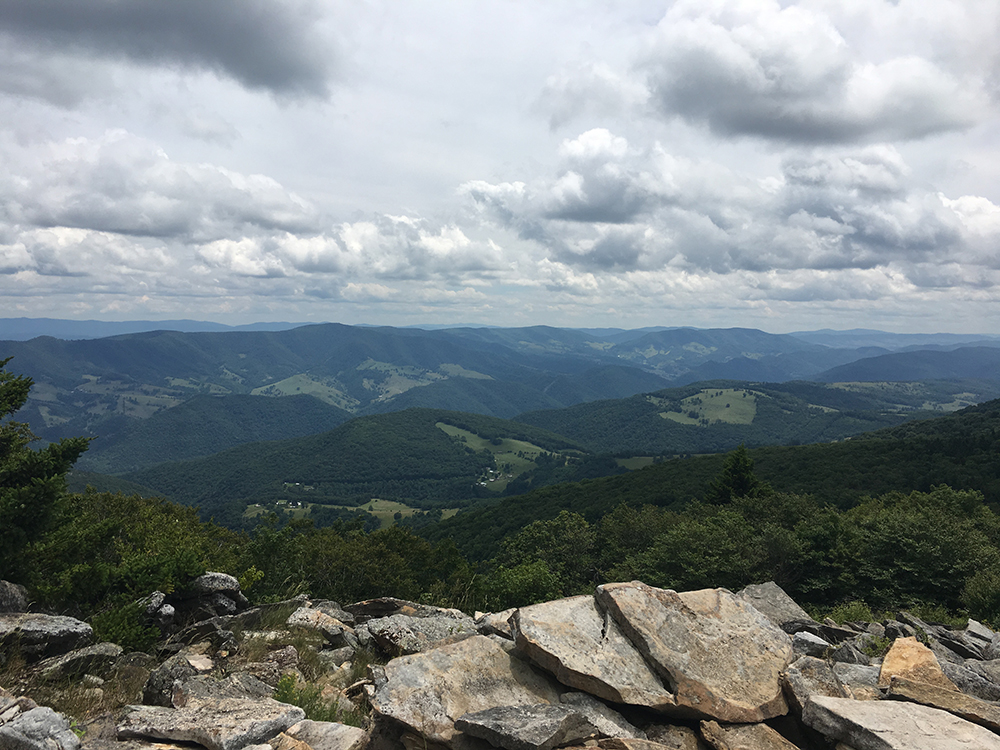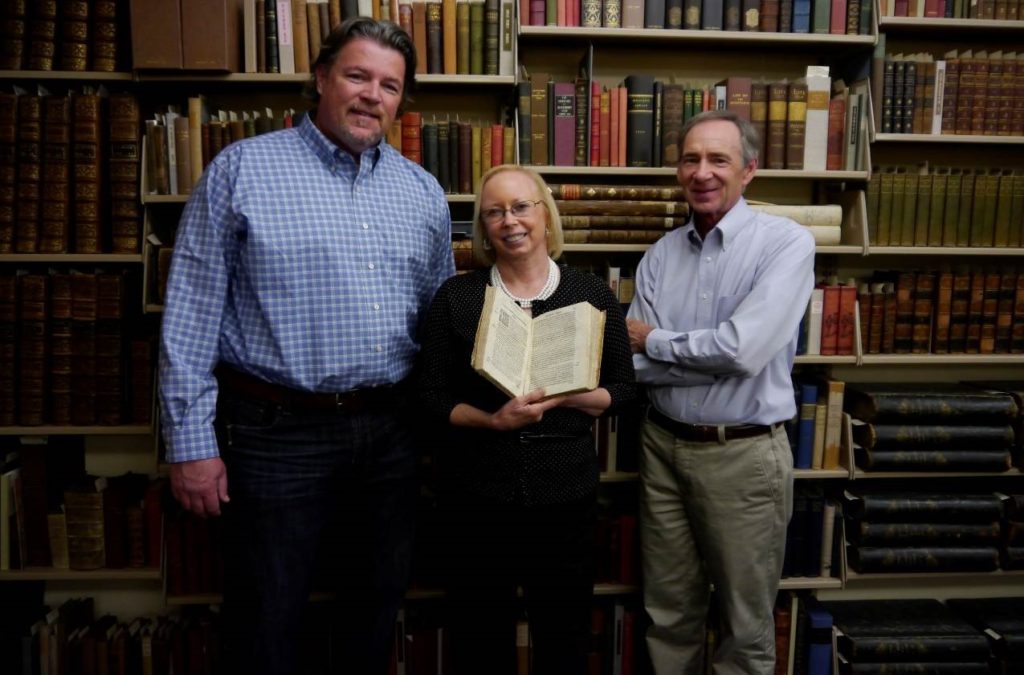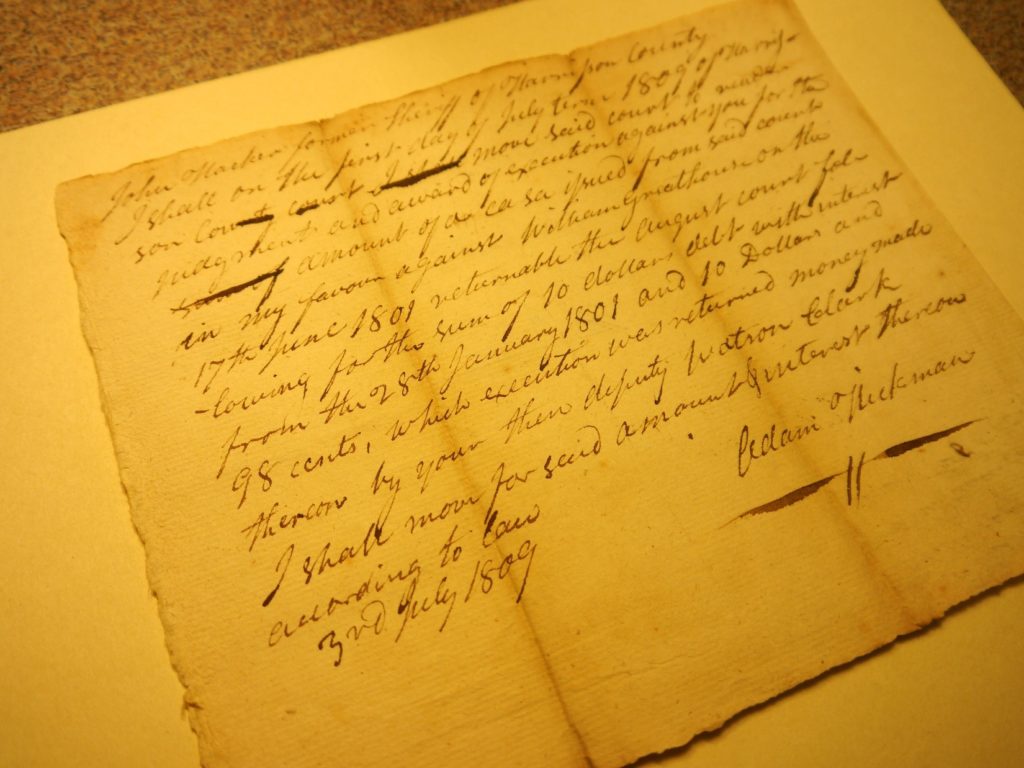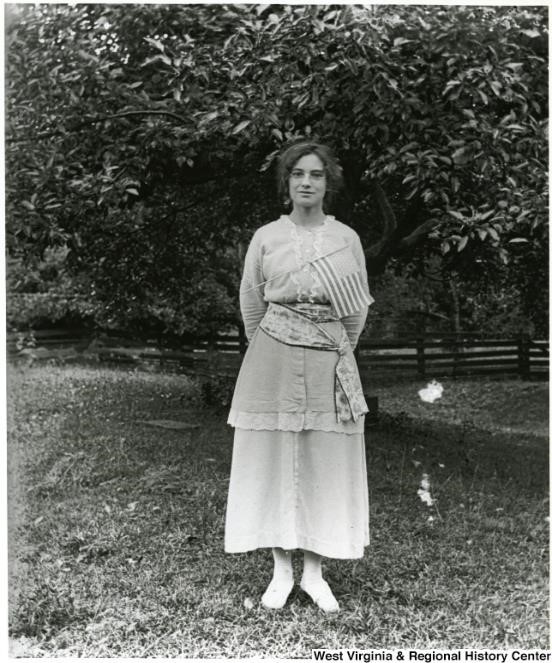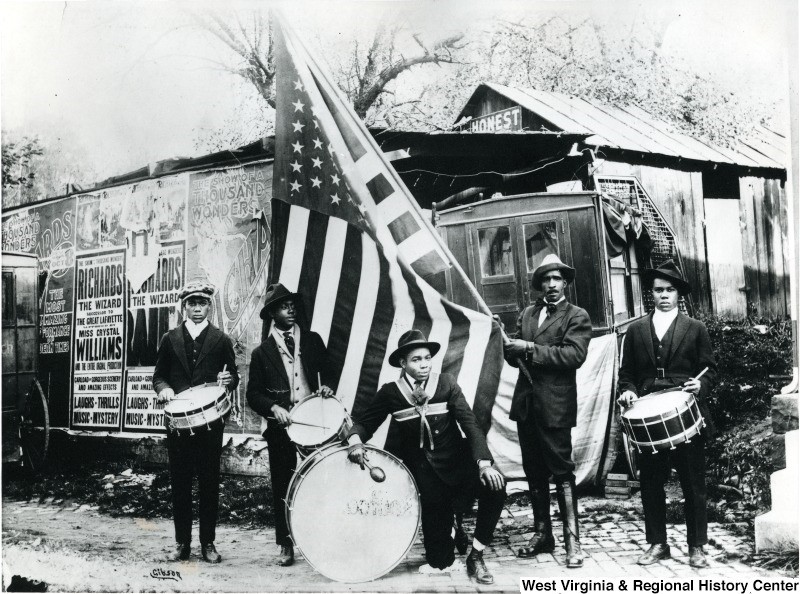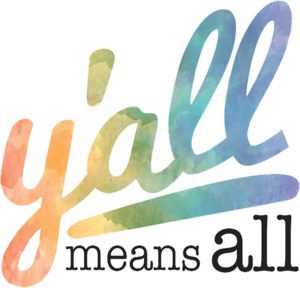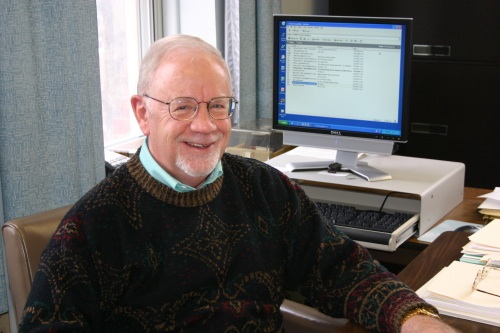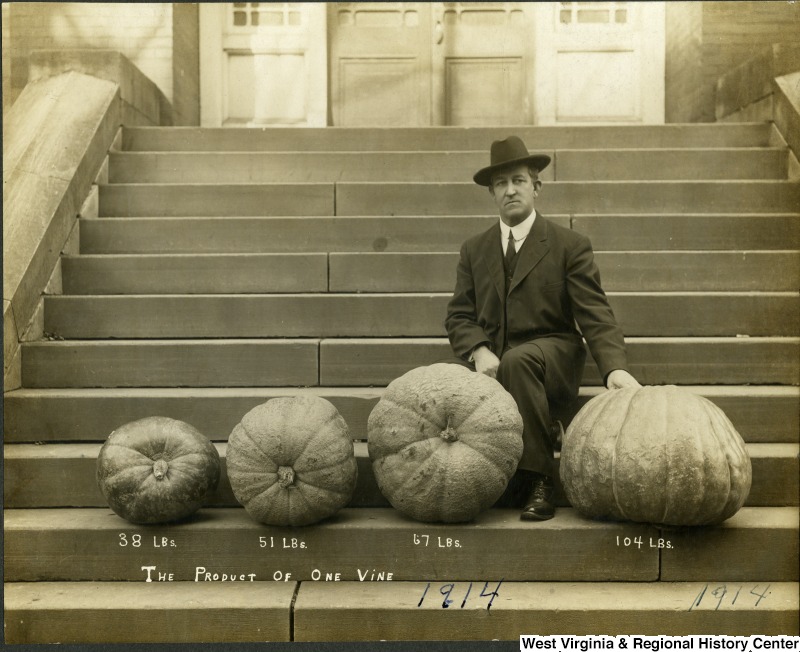Blog post by Jessica Eichlin, Photographs Manager and Preservationist, with editing, insight, and additional salad-making by Stewart Plein, Assistant Curator for WV Books & Printed Resources & Rare Book Librarian
We are always looking for new ways to share items in our collections, so when we found out that May is National Salad Month, we knew we had to find something to share. Although the West Virginia and Regional History Center has an entire section of cookbooks which feature recipes for salads, we thought it would be more fitting to share an entire book devoted exclusively to salads. The New Calendar of Salads features a full 365 recipes for a variety of salads–one for every day of the year–as well as a variety of dressings and sauces. Written by Elizabeth O. Hiller, the New Calendar of Salads debuted in the 1910s.
For someone who has authored at least 14 different cookbooks, Mrs. Elizabeth O. Hiller is surprisingly difficult to pin down. During the course of our research, we were unable to find any concrete information about her. Nevertheless, Hiller likely lived in Chicago during her active period. Advertisements in Good Housekeeping indicate that she founded the Chicago Domestic Science Training School. The school offered “plain and advanced cookery, carving, dining room service, training of butlers and waitresses, and sickroom cookery.” A note in the “News and Notes” section of The Boston Cooking-School Magazine of Culinary Science and Domestic Economics, Volume 5 from 1900 indicates that invitations for the opening day are being acknowledged and that “Mrs. E. O. Hiller, class of ‘98, is principal of this school.”
Hiller also spent time traveling around the country, performing cooking demonstrations to audiences of “two to four thousand per day.” A search on Chronicling America, a digital archive for American newspapers, yielded a number of advertisements featuring Mrs. Hiller’s approval. Products such as Cottolene (a beef tallow and cottonseed oil alternative to lard), Fruited Wheat and Fruited Oats, Pike’s Peak Self-Rising Flour, and Tone Spices were all endorsed by Hiller in newspapers.
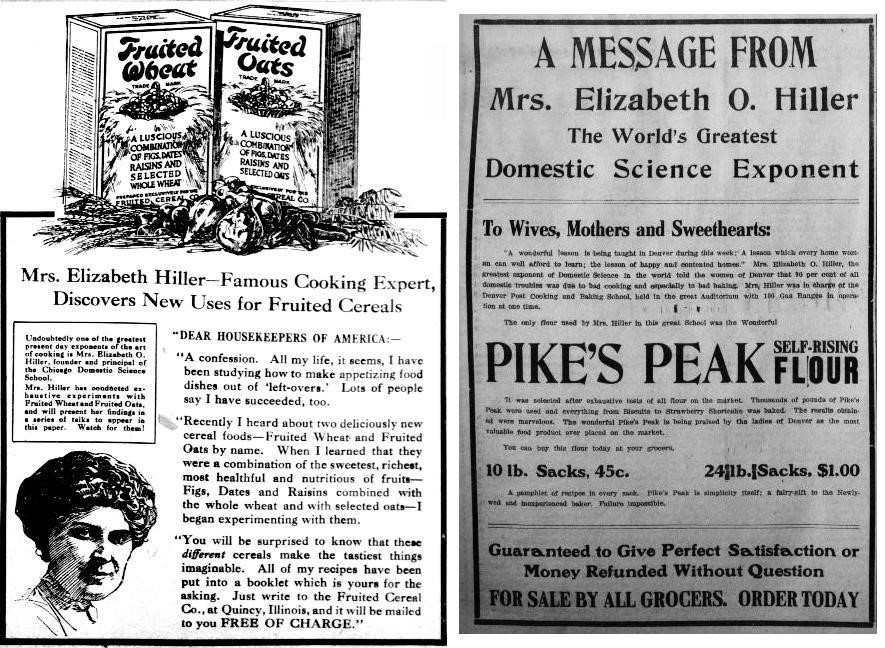
The Fruited Wheat and Fruited Oats advertisement on the left was found in The Washington Herald, February 3, 1919. The Pike’s Peak Self-Rising Flour advertisement was found in the Las Vegas Optic, May 15, 1914. Both advertisements located using the Library of Congress Chronicling America newspaper database.
Read the rest of this entry »







